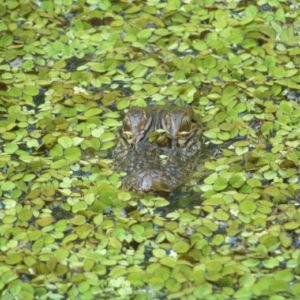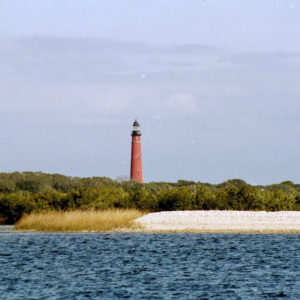Novato Creek is a perennial stream that extends about 17 miles from its headwaters at Stafford Dam to San Pablo Bay. This study was performed to (1) investigate hydrology, hydraulics, tidal hydrodynamics, and sedimentation in Novato Creek, and (2) assess the impact of a proposed Hamilton Wetland Restoration Project on the flooding dynamics, morphology and navigability in Novato Creek.
Hydrologic & Hydraulic Feasibility Study, Phase II, Novato, CA
NCI completed a feasibility study for the Corps of Engineers, (San Francisco District). The phase II study for the Bel Marin Keys V Wetland Restoration project is part of the overall Hamilton Wetlands Restoration and the work order is to perform an assessment of hydraulics, hydrodynamics, and sediment movement in Novato Creek located in San Francisco Bay. The tasks include bathymetric survey in Novato Creek, deployment and retrieval of tide gages and current meters, and hydraulic & hydrodynamic numerical simulations. The hydraulic simulations are to assess the potential impacts to water levels at various reaches of the creek under 19 different scenarios of flood and project improvement conditions. The tidal-induced estuarine hydrodynamic modeling is to characterize water level and currents throughout the Lower Novato Creek so as to address any potential shoaling and scouring impacts resulting from the proposed Bel Marin Keys V wetland restoration.
Fieldwork consisting of orthophotography and topographic mapping, and bathymetric surveys was conducted to formulate the model’s base map for numerical simulations. The tidal-induced estuarine hydrodynamics including water level and currents were modeled with the consideration of the wetting and drying processes within the estuary boundary. The model calibration was performed using the water level data at the USGS gage located in the estuary. In addition, coastal processes within the shoreline segment of the estuary region were also assessed. The modeled results were used to determine potential accumulation of secondary contaminants from the wastewater discharge during times of no direct connection to the ocean.

